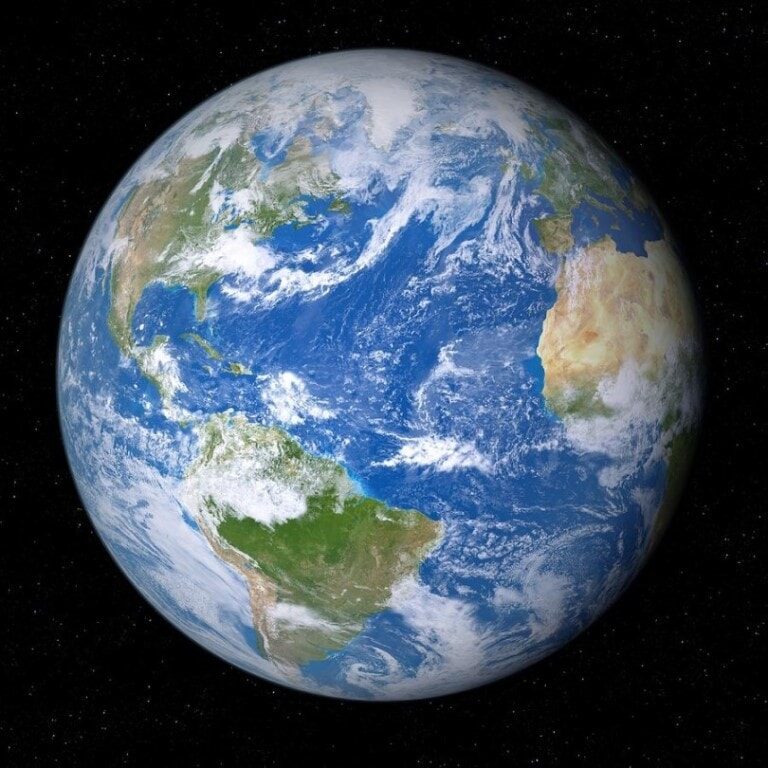As Nasa is reported as suggesting that 'stronger winds in El Niño years can slow down the planet's spin', can we - on the basis of no research at all - nominate La Niña as a suspect here? Just trying to be helpful, as MSN claims: Experts confused after earth spins faster.If time feels tighter than ever of late, blame it on the revolution. On 29 June this year, Earth racked up an unusual record: its shortest day since the 1960s, when scientists began measuring the planet's rotation with high-precision atomic clocks.
Analysis: Reflecting a recent trend, 29 June was the shortest day on our planet since the 1960s. What's going on? - wonders The Guardian.
Broadly speaking, Earth completes one full turn on its axis every 24 hours. That single spin marks out a day and drives the cycle of sunrise and sunset that has shaped patterns of life for billions of years.
But the curtains fell early on 29 June, with midnight arriving 1.59 milliseconds sooner than expected.
The past few years have seen a flurry of records fall, with shorter days being notched up ever more frequently. In 2020, the Earth turned out 28 of the shortest days in the past 50 years, with the shortest of those, on 19 July, shaving 1.47 milliseconds off the 86,400 seconds that make up 24 hours. The 29 June record came close to being broken again last month, when 26 July came in 1.5 milliseconds short.
So is the world speeding up? Over the longer term - the geological timescales that compress the rise and fall of the dinosaurs into the blink of an eye - the Earth is actually spinning more slowly than it used to. Wind the clock back 1.4bn years and a day would pass in less than 19 hours.
On average, then, Earth days are getting longer rather than shorter, by about one 74,000th of a second each year. The moon is mostly to blame for the effect: the gravitational tug slightly distorts the planet, producing tidal friction that steadily slows the Earth's rotation.
To keep clocks in line with the planet's spin, the International Telecommunication Union, a United Nations body, has taken to adding occasional leap seconds in June or December - most recently in 2016 - effectively stopping the clocks for a second so that the Earth can catch up.
The first leap second was added in 1972. The next opportunity is in December 2022, although with Earth spinning so fast of late, it is unlikely to be needed.
While the Earth is slowing down over the longer term, the situation is messier on shorter timescales. Inside the Earth is a molten core; its surface is a mass of shifting continents, swelling oceans and vanishing glaciers. The entire planet is wrapped in a thick blanket of gases and it wobbles as it spins on its axis. All of these influence the Earth's rotation, speeding it up or slowing it down, although the changes are essentially imperceptible.
According to Nasa, stronger winds in El Niño years can slow down the planet's spin, extending the day by a fraction of a millisecond. Earthquakes, on the other hand, can have the opposite effect. The 2004 earthquake that unleashed a tsunami in the Indian Ocean shifted enough rock to shorten the length of the day by nearly three microseconds.
Anything that moves mass towards the centre of the Earth will speed up the planet's rotation, much as a spinning ice skater speeds up when they pull in their arms. Geological activity that pushes mass outwards from the centre will have the opposite effect and slow down the spin.
How all these different processes come together to affect the length of a day is a question scientists are still wrestling with.
Full article here.




I remember reading many years ago of such an event, not that I can find a trace of such an happening today when asking Google etc.
The resulting chaos would no doubt reshape Earth, seems Earth has shifted its continents a few times, so giving credit to such a possible posit, so a few milliseconds is neither here nor there in the scheme of things